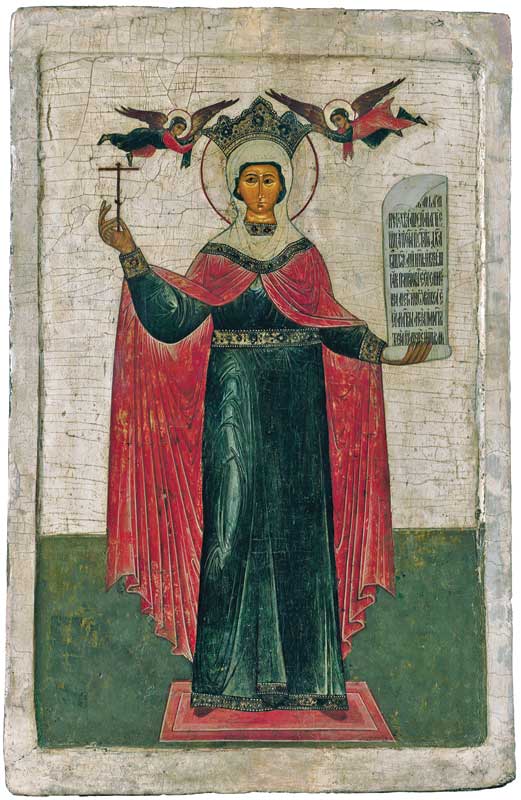Russian Icon Museum | Gallery in Clinton, MA
Gordon Lankton’s first Russian icon, a c. 1850 image of St. Nicholas, hangs in a dark corner of the lowest level of his museum. He found it lying in the dust at a Russian flea market in 1990 and bought it for $25. He doesn’t think it’s a very good one anymore, and he’s not […]

Coffee By Design | Portland, Maine
Photo Credit : Katherine KeenanAs the Roman Catholic Church used the murals of the Sistine Chapel, so the Eastern Orthodox Church used icons as a visual way to teach the Bible. Every figure, every gesture, tells a story. The more Lankton studied them, the more he was intrigued by them–by their meaning, and beauty, and history–and the more he wanted to share them.
So in 2006 he opened the Museum of Russian Icons in Clinton, Massachusetts, a small industrial town just north of Worcester. It’s about the last place you’d expect to find such a collection, but as the home base of Nypro, his plastics factory, the town had been good to him. He placed his museum there partly to give back and partly, he recalls, because he was a workaholic. “It’s about 200 yards from this door to the door of the plastics factory,” he notes. “That made it very convenient to handle both jobs.”
The three-floor gallery is cutting-edge, drawing in tourists from around the region and respect from around the globe. Last year, the State Tretyakov Gallery in Moscow loaned the museum 16 of its major icons (a privilege it rarely grants) as a show of support.
As a rare glimpse into a faith and an artistic style that are little known in this region, Lankton’s collection is a unique gift. But to hear him tell it, much of the thanks should go to his wife, Janet. “Left to my own devices, I’d probably still have them on the walls of our house,” he admits. “But Janet was pretty adamant that she’d had enough, and I was pretty adamant that I wanted more, so this was the result.”
Museum of Russian Icons 203 Union St., Clinton, MA 978-598-5000; museumofrussianicons.org




